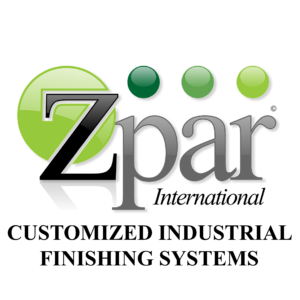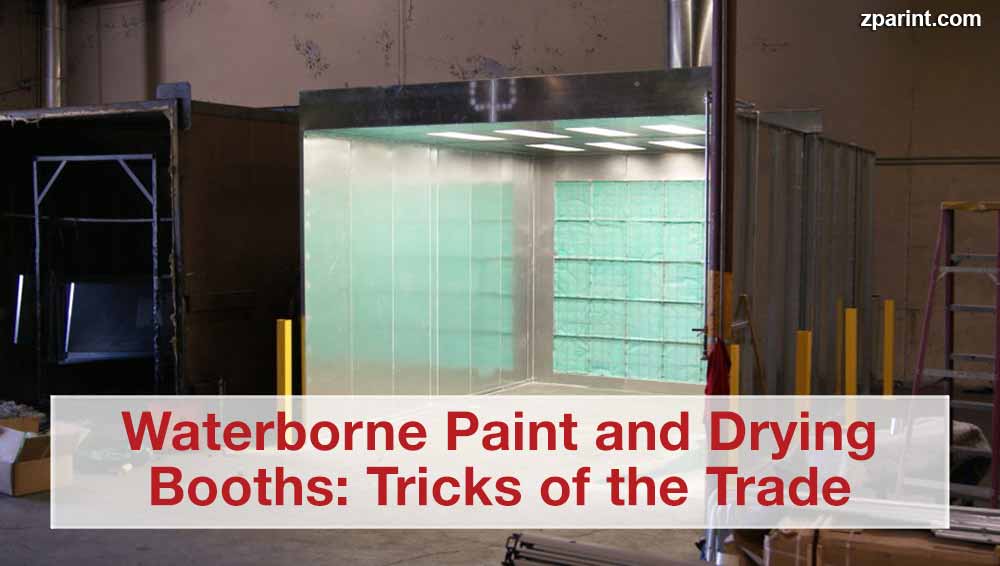Waterborne paint and drying booths are well noted for their unparalleled capacity to substantially cut down on airborne emissions, particularly when compared to solvent paint solutions. Some states like California, Massachusetts and New Jersey now require that industrial painting facilities adopt waterborne paint since they greatly minimize VOCs emissions in the paint booth setting. This not only significantly improves air quality in and out of these units, but also minimizes the health risks spray booth operators are routinely exposed to. Also, unlike solvent paint that emits dangerous gases over the course of the curing process, the waterborne variety does not.
Solvent paints are known to release gas upwards of a couple of months after application. Besides heightening health risks to your team, it negatively affects overall paint job finishes in the long term. Yet another advantage of using waterborne paint in your spray paint booth is it provides a far superior coverage with just a few coats. For instance, where it takes 3 to 4 solvent-based paint coats to efficiently cover a vehicle panel, it only takes 1 to 2 waterborne paint coats to get the job done. This definitely means adopting the latter solution will usually result in your paint operators making use of lesser material over the passage of time, and help you minimize operational costs.
What are the necessary paint booth equipment for working with waterborne paint?
Generally speaking, waterborne paints are known to offer better performance in the paint booth environment when booth operators utilize specialized spray guns, which are designed for working exclusively with this sort of industrial paint. This includes guns with special needles, nozzles, and even air caps, which can atomize the paint appropriately. These spray guns must out of necessity possess internal components that cannot corrode or rust over time from constant exposure to water.
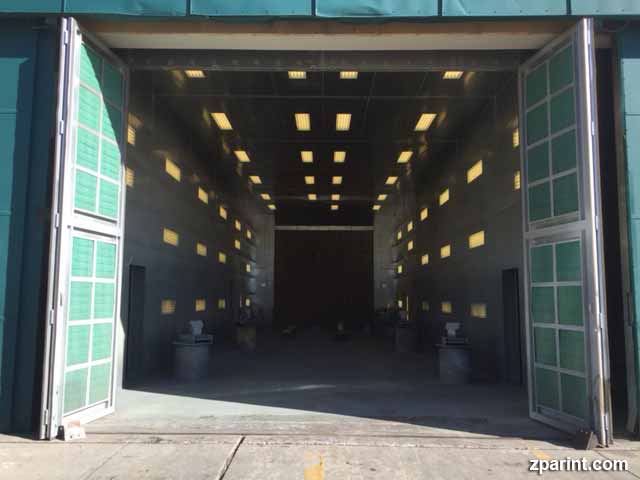
Your team will certainly need CFM guns, otherwise known as “driers”, whose function is to make sure that the paint sets up faster. For those who might perhaps be not in the know, waterborne paints necessitate much more powerful airflow in a spray booth when contrasted with the solvent variety. So, your booth operators will have to use CFM guns to effectively eliminate the risk of sags along with runs that are currently the greatest challenge when using waterborne paints. At the same time, there is always a distinct difference in the color of these paints when they are wet and when they are dry which is attributable to the latex particles present in them. Unlike using solvent-based paint, color matching is performed with what is referred to as a control coat technique instead of the usual stick match.
How to effectively regulate humidity in a waterborne paint and drying booth
The main dissimilarity between waterborne paint and solvent paint is, without doubt, the distinctly different drying and curing process which each solution requires. Solvent-based paints are effectively cured through effective temperature control. On the flip side, the drying process for waterborne paints is effectively achieved by regulating humidity levels in a spray paint booth environment. As noted previously, your team will have to control the atmosphere in your unit to obtain the best paint job results. This means there will always be a need for increased airflow to enable the waterborne paint to dry up much faster. To be in a position of further regulating just how quickly such paints dry up, you may add either standard or even desert controllers in your booth.
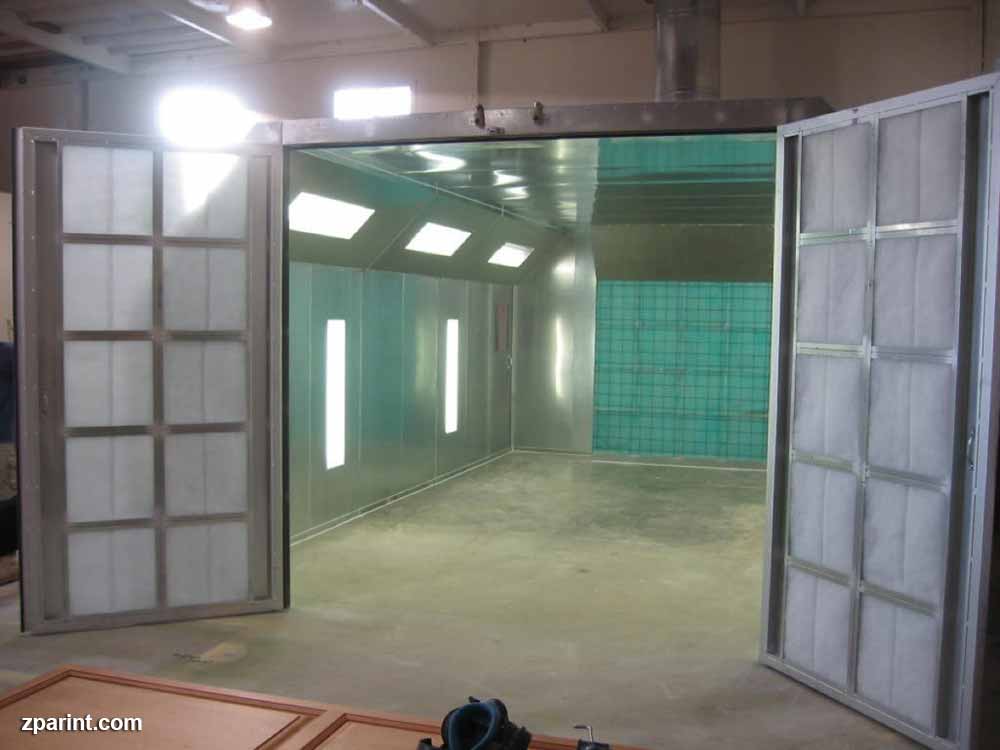
Miscellaneous tips for using waterborne paint in a paint booth
Waterborne paint often necessitates “wet-on-wet” application. In simpler terms, this implies that the color applied is often different from the eventual dry color. So, it is always prudent to closely follow the paint manufacturer’s instructions to obtain the best possible paint job outcomes. Additionally, unlike what some misinformed people tend to think, you should make sure your unit operators don the right protective equipment, just as they would if they were working with toxic solvent-based paints. Just because VOCs levels are much lower in waterborne paint, this does not mean that they are completely safe or harmless.
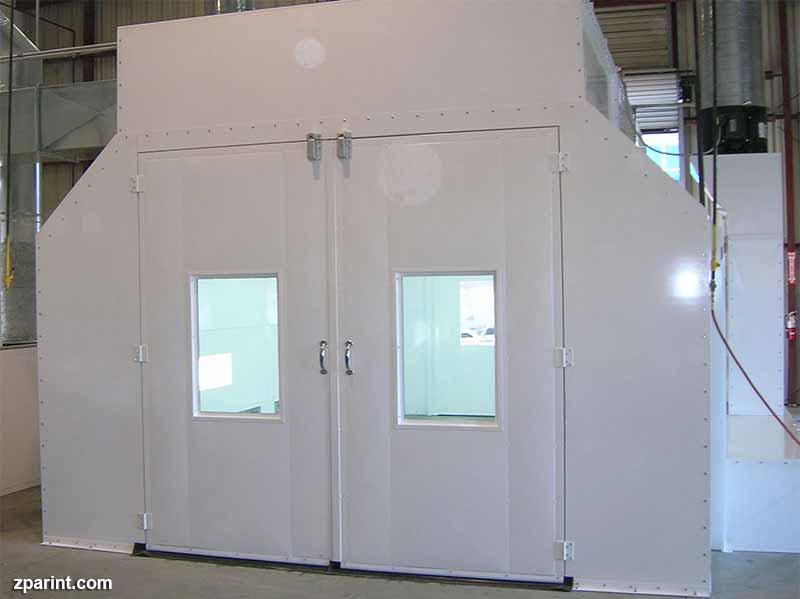
Therefore, always ensure that your team wears proper respirators at all times since this type of paint will linger in the air for prolonged periods. This is normally attributable to their longer drying times upon comparison with the solvent-based varieties.
ZPar International is a foremost maker of diverse top-quality and competitively priced industrial paint booths, from which you can choose the right one for your unique needs and preferences.
